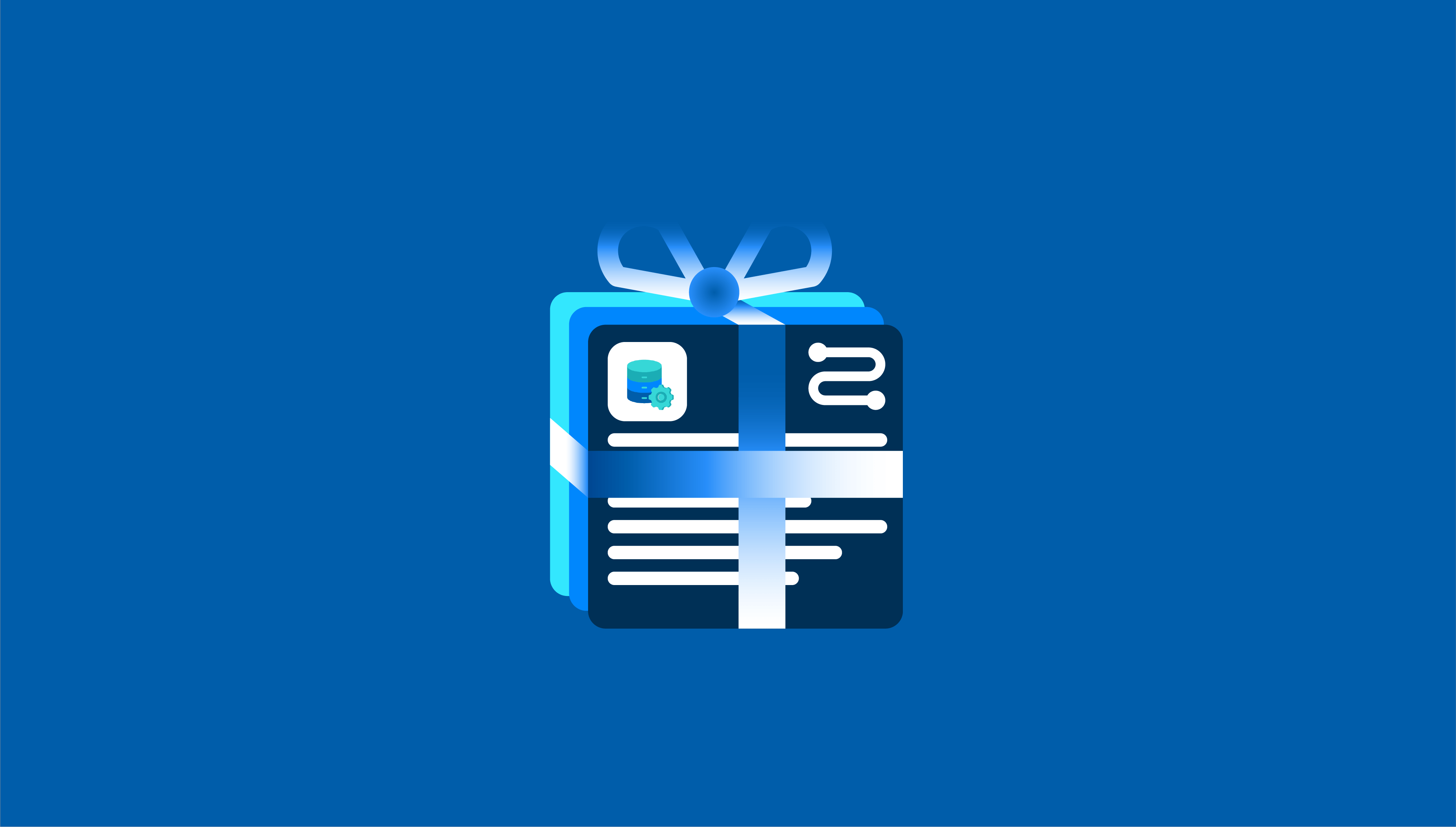Introduction:
In modern data management, efficient tracking of shadow data has become a critical necessity. Shadow data refers to information often overlooked, neglected, or not appropriately managed within an organization’s IT infrastructure. Crafting informative dashboards can be a game-changer in understanding and effectively managing shadow data, ensuring enhanced data security, compliance, and overall operational efficiency.
Understanding Shadow Data and its Benefits
Shadow Data Defined: Shadow data encompasses any data created, stored, or processed within an organization’s IT environment without the knowledge or control of the IT department. It can include files on personal devices, cloud storage, or even unapproved applications used by employees.
Benefits of Shadow Data:
- Insight into Unmonitored Activities: Shadow data sheds light on activities that might otherwise go unnoticed, providing valuable insights into user behavior and potential risks.
- Enhanced Security Measures: By identifying and tracking shadow data, organizations can implement security measures to protect sensitive information effectively.
- Regulatory Compliance: Efficient shadow data tracking aids in complying with various industry regulations by ensuring all data, including shadow data, meets necessary compliance standards.
- Risk Mitigation: Understanding and managing shadow data helps mitigate risks associated with data breaches, unauthorized access, and non-compliance with privacy laws.
Creating Effective Dashboards for Shadow Data Tracking
Organizations must develop informative dashboards that offer real-time visibility and insights to manage shadow data efficiently. Here are essential steps in crafting effective dashboards for efficient shadow data tracking:
5.Identify Key Metrics: Determine the critical metrics that can be monitored to track shadow data effectively. It could include data volume, types, access points, and user activity.
6.Data Visualization Techniques: Utilize appropriate data visualization techniques such as charts, graphs, and heatmaps to represent complex data patterns and trends in an easily understandable manner.
7.Real-Time Monitoring: Implement real-time monitoring to provide up-to-date information on shadow data activities, allowing immediate responses and remediation.
8.Customization for Stakeholders: Tailor dashboards to suit different organizational stakeholders’ specific needs and preferences, ensuring that each user gets the most relevant insights.
9.Regular Updates and Improvements: Continuously update and improve the dashboard based on feedback and changing requirements to ensure its effectiveness in tracking shadow data.
Understanding Shadow IT Services
Shadow IT Services Defined: Shadow IT services refer to technology solutions and applications used within an organization without the explicit approval or knowledge of the IT department. Individual employees or departments often adopt these services to fulfill specific needs.
Risks of Shadow IT Services
10.Security Vulnerabilities: Unapproved applications and services may lack necessary security measures, exposing the organization to potential cyber threats.
11.Data Privacy Concerns: Unapproved services lead to data storage in unsecured locations, risking data privacy and compliance violations.
12.Integration Challenges: Shadow IT services may not integrate seamlessly with existing systems and processes, causing operational inefficiencies and data silos.
Conclusion
Efficiently managing shadow data is vital for ensuring data security, regulatory compliance, and overall operational efficiency. Organizations can effectively track and mitigate risks associated with unmonitored data activities by crafting informative dashboards and gaining insights into shadow data. Additionally, understanding and addressing the issues related to shadow IT services is equally important in maintaining a secure and compliant IT environment. Stay proactive, stay informed, and take charge of your organization’s data landscape. Look into Prudent’s Data Services for more information to meet all your business needs, or contact us for a complimentary strategy call.
